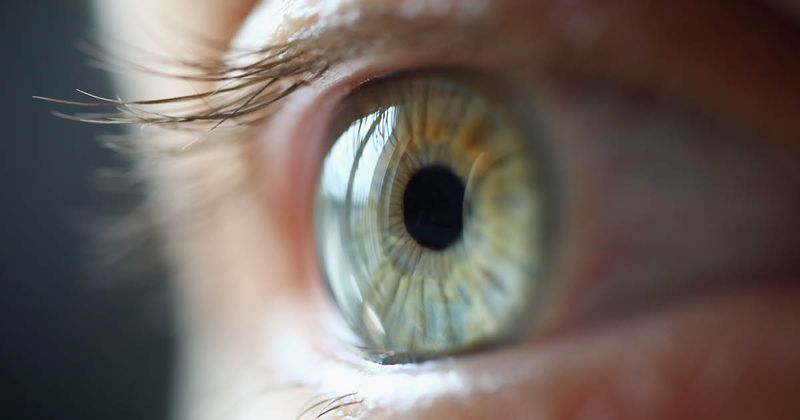Studies on dry eye prevalence provide uncertain, inconsistent data
Data on the prevalence and incidence of dry eye and meibomian gland dysfunction in the United States are uncertain and inconsistent due to the heterogeneous definitions and diagnostic criteria across studies.
“Although consensus on a battery of diagnostic tests has been published, these have not been implemented in any epidemiological studies in the United States,” according to the authors of a systematic review and meta-analysis.

Image: Adobe Stock.
Following a search on Ovid Medline and Embase, 13 population-based, clinic-based and secondary health care database studies published between 2010 and 2021 were analyzed with the purpose of obtaining an updated estimate of the prevalence and incidence of dry eye and meibomian gland dysfunction in the United States.
Prevalence of dry eye ranged from 5.3% to 14.5%, with a pooled estimate of 8.1%. Prevalence increased with age, female sex, diabetes and southern U.S. regions, while data on the association of dry eye prevalence with race and ethnicity or medication use was inconsistent. Incidence estimates were present in only two studies, and over 5 years, the incidence was 3.5% in the population 18 years and older and 7.8% in the population 68 years and older.
Prevalence of meibomian gland dysfunction ranged from 10.4% to 55.4%, with a pooled prevalence of 21.2%. Evidence on the potential association with age was inconsistent, and no data on incidence were available.
The wide range of prevalence estimates reflects the clinical and methodological heterogeneity across studies, the authors noted.
“Studies included in the meta-analysis had diverse population characteristics, variations in study designs and settings, and heterogenous definitions of dry eye, which increase our uncertainty in the summary prevalence estimate,” they wrote.
To allow standardization and comparisons in dry eye epidemiological studies, a set of validated diagnostic criteria for dry eye disease is necessary, they said.

